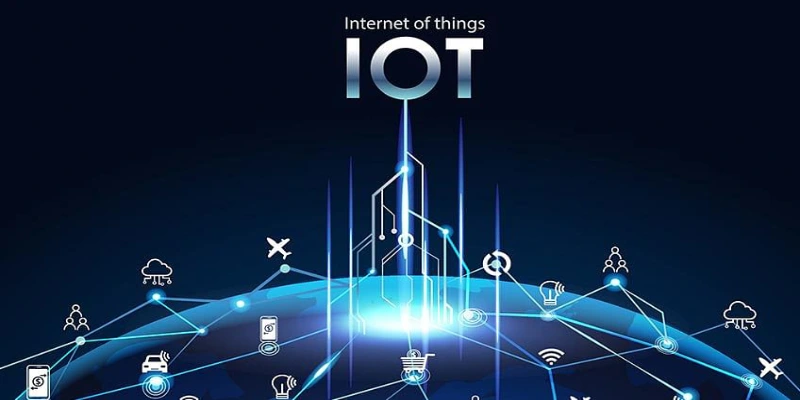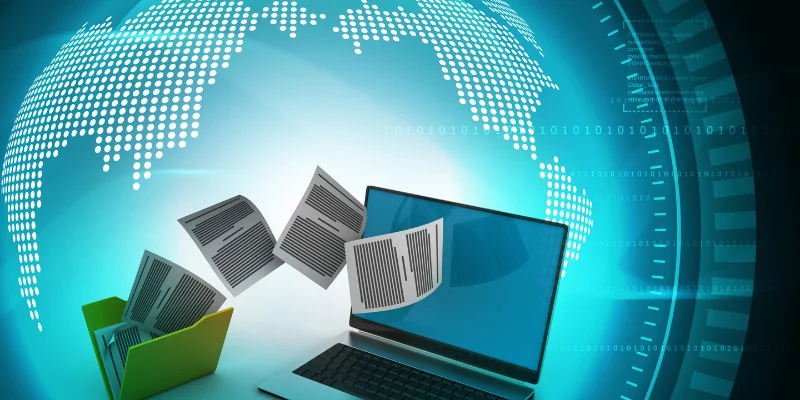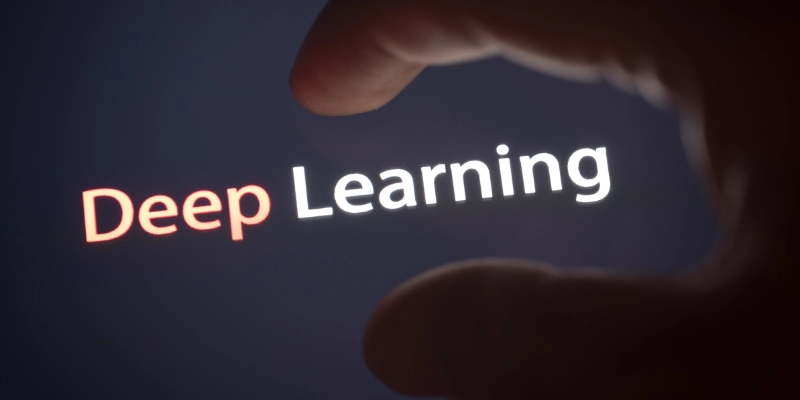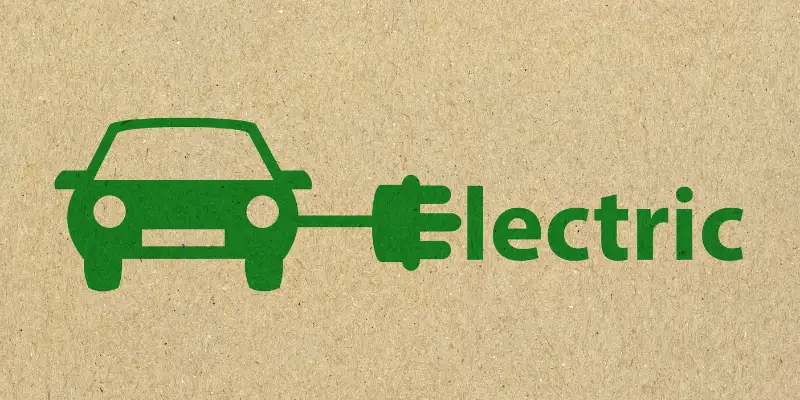The Internet of Things (IoT) is a term used to describe physical objects that can connect to the Internet through various technologies. It includes things like sensors, software, and processing power. These physical objects can be anything from an airplane to a home appliance. It describes how things interact with each other and how they can be controlled.
Smart Home
IoT is playing an increasingly important role in smart homes and buildings. It has applications in energy management, voice-command systems, connected entertainment systems, and more. In addition to providing users with timely and valuable information, such technologies can help homeowners go green and save money.
Intelligent devices can keep a close eye on your home when you are not around. They can also control humidity, air quality, and temperature. And some can even lock your door.
Compared to traditional home automation, these technology-based systems are more straightforward and reliable. Smart appliances can also reduce the number of greenhouse gases produced.
Homeowners can enjoy the benefits of a smart home without paying a fortune for a new system. For instance, an intelligent device can start heating your dinner when you arrive home from work. Similarly, an intelligent garage can turn on your car’s air conditioning if it’s hot outside.
Industrial and automotive equipment
The car sector stands to benefit significantly from the Internet of Things (IoT). It is a network of devices and sensors that allows real-time data monitoring and processing. IoT may also be utilized to increase road user safety.
Connected vehicles can interact with one another via embedded technologies and cloud connectivity. Vehicle performance, condition, and mileage may all be tracked. They can also identify the existence of accidents and assist in their prevention. In the future, the use of IoT will enable self-driving vehicles.
The volume of information received by car manufacturers is increasing dramatically. It helps them to make better production decisions. Also, it provides data that can be used to detect errors in the supply chain.
Connected vehicles can also help insurers lower their premiums. It is because IoT can track the condition of parts that need to be repaired. Moreover, it can monitor the driver’s habits and help prevent collisions.
Factory robots
Internet of Things factory robots and other IoT-related technologies offer new opportunities in manufacturing. They improve the efficiency of the overall operation. While they do not replace humans, they help improve work efficiency and safety.
Robots can be helpful in monitoring and controlling the physical infrastructure. They can also assist with disaster management. By leveraging artificial intelligence, they can also respond to unexpected situations. However, some of these technologies are still in their infancy. This article aims to highlight some of these innovations, identify key research challenges, and recommend important research directions.
The main benefit of using IoT technology is the ability to share information between devices. For example, you can watch the statistics of each machine on a dashboard.
Another benefit is using intelligent sensors to monitor and control the physical infrastructure. These sensors can alert you to problems with equipment before they become catastrophic.
Connected cars
The Internet of Things (IoT) has made connected cars a reality. These intelligent vehicles collect data from onboard components and send it to a smartphone. It enables various functions, including entertainment, safety, and more.
Using real-time data, drivers can get more accurate traffic predictions, which can help them travel more efficiently. In addition, data from connected cars can inform roadway planning, which can increase the safety of the road.
Connected vehicles also share diagnostic data. A more accurate picture of a vehicle’s health and condition can lead to lower insurance premiums. Additionally, drivers can use this data to avoid construction or congestion.
Data from connected vehicles are also helpful to governmental policymakers. For example, data from IoT sensors can help identify hazards that could cause crashes.
Public sector
The Internet of Things (IoT) can change how government services are delivered. It can enhance citizens’ satisfaction, increase productivity and efficiency, and minimize waste. While some may fear the cost or security issues, IoT benefits many public sectors.
For example, wireless tracking systems can improve fleet management. An intelligent parking meter alerts drivers when their metered time is about to expire. Using a smartphone app, drivers can extend their time.
Another use of IoT is the diagnosis of disease. In the health sector, several self-sensing devices have revolutionized healthcare for the commoner. One such device is a voice recognition system. This technology has the potential to help a government agency determine what a patient needs.




